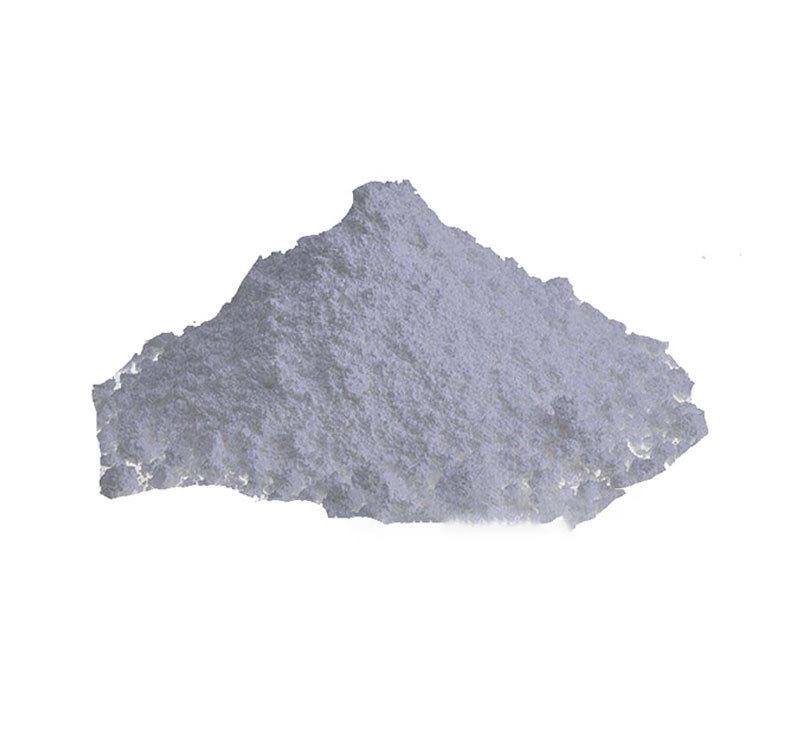The 'safety guard' of lithium battery separators
Lithium battery separators need to have high thermal stability to prevent thermal runaway. White carbon black coating on the surface of polyethylene (PE) membrane can form a dense ceramic layer, increasing the closed cell temperature from 135 ℃ to 150 ℃ and improving the puncture strength by 30%. Companies such as CATL and BYD have applied white carbon black coated separators to power batteries, significantly improving safety performance.

The 'weather resistant shield' of photovoltaic film
Photovoltaic modules need to operate outdoors for more than 25 years, and the yellowing resistance and UV resistance of the adhesive film are crucial. White carbon black, as an inorganic filler, can absorb ultraviolet radiation and inhibit polyethylene chain breakage, extending the lifespan of the adhesive film to 30 years. Longi Green Energy Test shows that adding 5% white carbon black to the adhesive film reduces the yellowing index (YI) by 40%.
Pressure resistant materials for hydrogen storage and transportation
High pressure hydrogen tanks require the use of high-strength composite materials, and epoxy resin filled with white carbon black can increase compressive strength by 25% while reducing hydrogen permeability. The Toyota Mirai fuel cell vehicle from Japan uses white carbon black based hydrogen storage tanks to achieve 70MPa high-pressure hydrogen storage, with a range of up to 650 kilometers.
Technical bottlenecks and breakthrough directions
The current challenges include poor dispersibility of white carbon black in organic systems and excessive addition that affects material flexibility. The solution includes:
Surface graft modification: Introducing polymethyl methacrylate (PMMA) chains through atom transfer radical polymerization (ATRP) to improve compatibility with the resin.
Nanocomposite technology: Combining white carbon black with graphene to prepare multifunctional fillers with both conductivity and strength.
http://https://www.siliconeoil.net/
